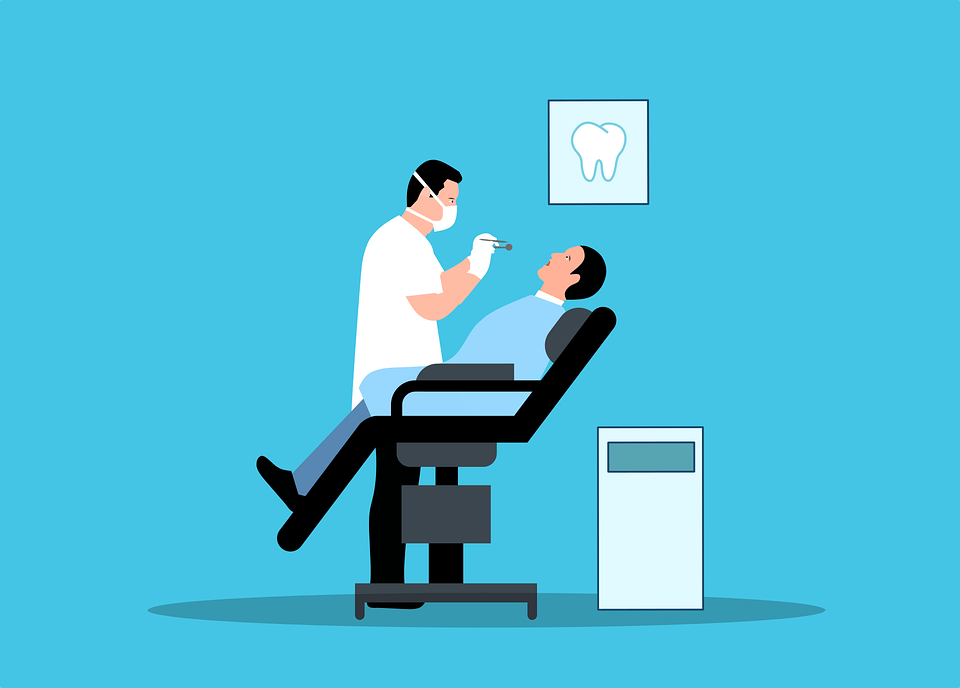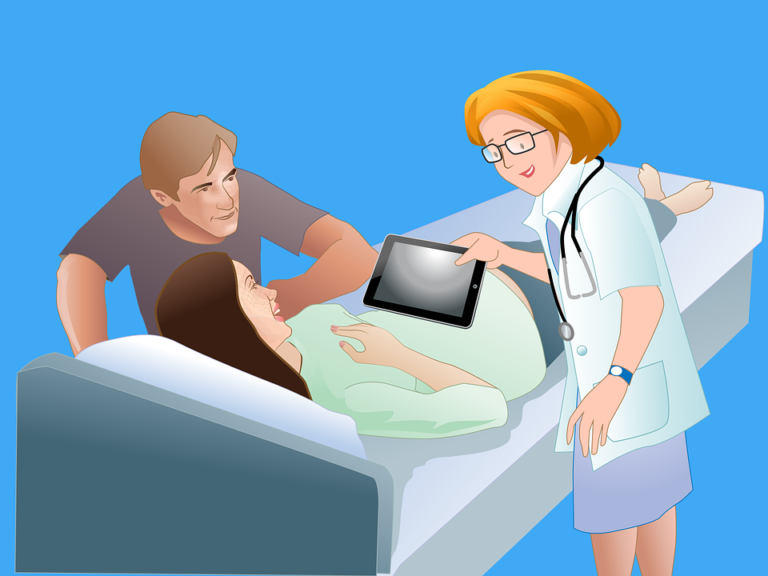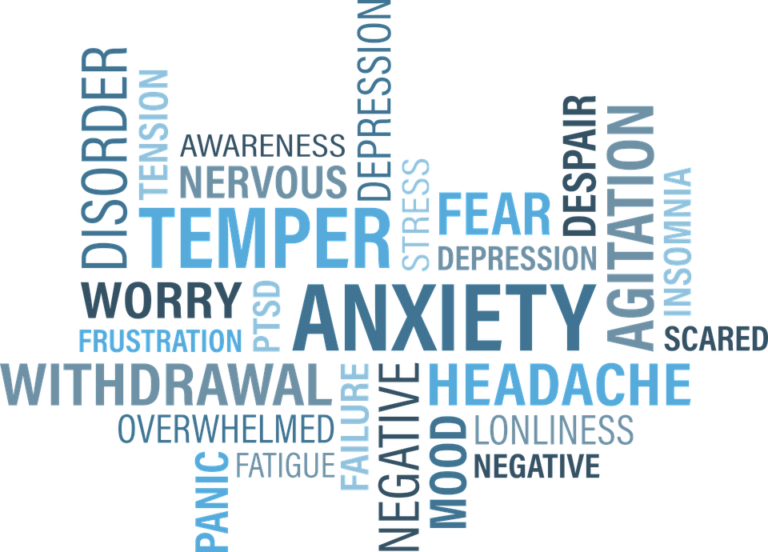Book Appointment Now

Health Promotion in Nursing Practice
Health promotion in nursing practice is the cornerstone of a proactive healthcare system, where the focus shifts from merely treating illnesses to empowering individuals and communities to achieve optimal health. Nurses, as trusted caregivers and educators, are at the forefront of this transformative approach. By integrating evidence-based strategies and fostering a culture of wellness, they play a pivotal role in reducing the burden of chronic diseases, improving quality of life, and enhancing health equity. In today’s dynamic healthcare environment, nurses are uniquely positioned to bridge the gap between medical knowledge and practical application, making health promotion a vital component of their practice. This essay delves into the significance, roles, strategies, and challenges associated with health promotion in nursing practice, underscoring its impact on individual and societal well-being.
Our nursing experts can deliver 100% custom paper on health promotion in nursing practice according to your paper instructions.
Write my nursing essay
The Concept of Health Promotion
Health promotion refers to initiatives and actions designed to empower individuals and communities to take control of their health and improve their overall well-being (World Health Organization [WHO], 1986). It encompasses more than just disease prevention, focusing on enhancing physical, mental, and social health. Nurses adopt health promotion strategies in various settings, from hospitals to communities, ensuring holistic and patient-centered care (Edelman & Kudzma, 2022).
The Ottawa Charter for Health Promotion remains a foundational framework, emphasizing key areas such as building healthy policies, fostering supportive environments, strengthening community action, and reorienting healthcare services toward prevention (WHO, 1986). These principles guide nursing interventions, ensuring that health promotion is embedded within everyday practice.
The Role of Nurses in Health Promotion
Educators and Empowerers
A key role of nurses in health promotion is education. Nurses educate patients on adopting healthier lifestyles, managing chronic conditions, and understanding their treatment plans (Whitehead, 2018). Evidence suggests that nurse-led educational programs significantly improve patient outcomes, particularly in chronic disease management and prevention (Centers for Disease Control and Prevention [CDC], 2021).
Nurses also empower patients by promoting self-efficacy and encouraging active participation in their care. For instance, teaching patients how to monitor blood glucose levels fosters autonomy and improves diabetes management.
Advocates for Health Equity
Nurses act as advocates by addressing the social determinants of health that influence disparities in care. Factors such as socioeconomic status, education, and access to healthcare significantly impact health outcomes. By advocating for equitable policies and resources, nurses contribute to creating healthier communities (Edelman & Kudzma, 2022).
Strategies for Effective Health Promotion in Nursing Practice
Individualized Care Plans
Personalized care plans ensure that health promotion strategies align with the unique needs, preferences, and circumstances of each patient. Nurses work collaboratively with patients to identify goals and develop actionable steps (McKenzie et al., 2022).
For example, a nurse working with a patient with hypertension might design a plan focusing on diet modification, regular exercise, and stress reduction. This tailored approach increases patient engagement and adherence.
Community-Based Interventions
Health promotion extends beyond individual care to encompass community-wide initiatives. Nurses collaborate with public health organizations to implement programs such as vaccination drives, health screenings, and education campaigns targeting prevalent health issues like obesity and smoking cessation (WHO, 2021).
Community health nurses play a crucial role in these efforts, ensuring accessibility and cultural sensitivity while addressing barriers such as language and socioeconomic challenges.
Use of Technology
Technology has revolutionized health promotion, enabling nurses to reach broader populations. Telehealth platforms, mobile health apps, and wearable devices facilitate remote monitoring and education, particularly for underserved communities (CDC, 2022). Nurses leverage these tools to promote preventive care and enhance patient engagement.
Challenges in Health Promotion
Time Constraints
One of the primary challenges nurses face is the lack of time to engage in comprehensive health promotion during routine care. The demands of acute care settings often limit opportunities for preventive discussions (Whitehead, 2018).
Resource Limitations
Inadequate staffing, limited funding, and lack of access to resources hinder the implementation of effective health promotion strategies. These barriers disproportionately affect low-income and rural communities, exacerbating health inequities (Edelman & Kudzma, 2022).
Cultural and Linguistic Barriers
Cultural differences and language barriers can impede effective communication, making it challenging for nurses to deliver health promotion messages. Training in cultural competence is essential to overcome these obstacles and ensure inclusive care (McKenzie et al., 2022).
Health promotion in nursing practice is a transformative force in modern healthcare, shifting the focus from disease management to the pursuit of holistic wellness. Nurses, as educators, advocates, and community leaders, play a central role in empowering individuals and fostering healthier societies. By implementing personalized care plans, leveraging technology, and addressing systemic challenges, they drive positive health outcomes and reduce disparities. However, overcoming obstacles such as time constraints and resource limitations remains essential to maximizing the impact of health promotion efforts. Ultimately, the integration of health promotion in nursing practice not only enhances individual and community well-being but also strengthens the foundation of a healthier future for all.
References
Centers for Disease Control and Prevention (CDC). (2021). Chronic disease prevention and health promotion. Retrieved from https://www.cdc.gov
Centers for Disease Control and Prevention (CDC). (2022). Technology and telehealth in health promotion. Retrieved from https://www.cdc.gov
Edelman, C. L., & Kudzma, E. C. (2022). Health promotion throughout the lifespan (10th ed.). Elsevier.
McKenzie, J. F., Pinger, R. R., & Kotecki, J. E. (2022). An introduction to community and public health (10th ed.). Jones & Bartlett Learning.
Whitehead, D. (2018). Health promotion in nursing: A framework for practice. Nursing Standard, 33(7), 40–45. https://doi.org/10.7748/ns.2018.e11230
World Health Organization (WHO). (1986). Ottawa Charter for Health Promotion. Retrieved from https://www.who.int
World Health Organization (WHO). (2021). Community-based health initiatives. Retrieved from https://www.who.int







